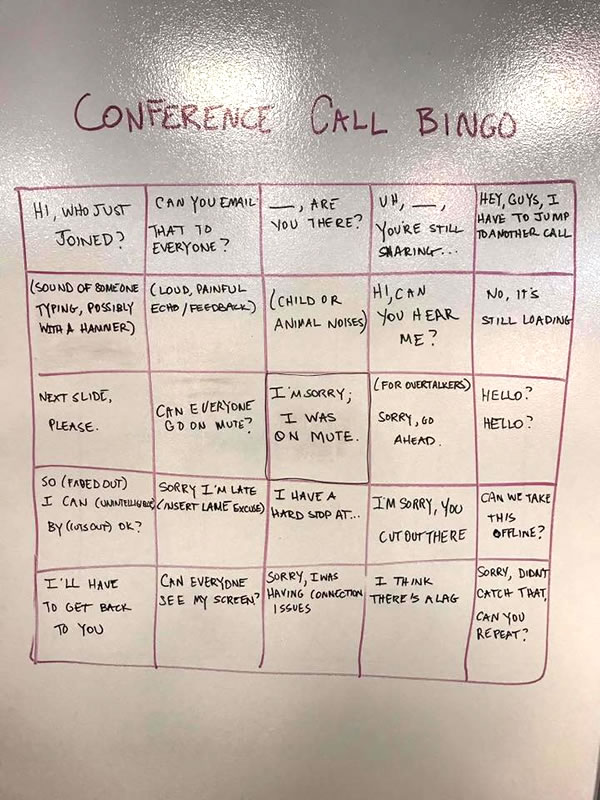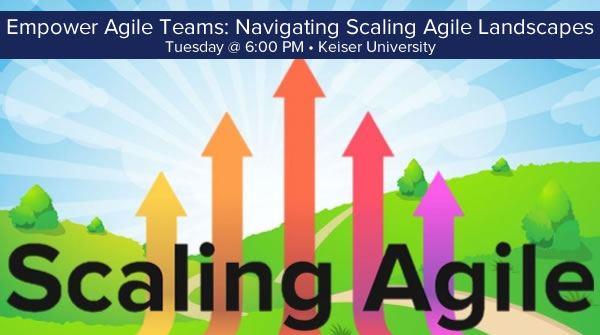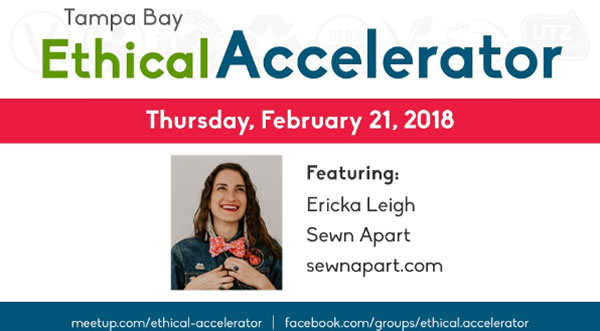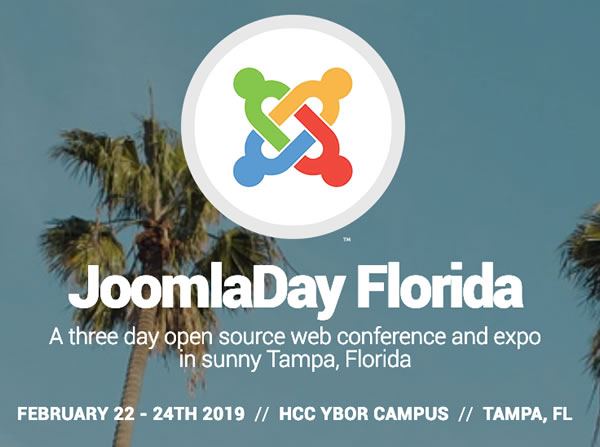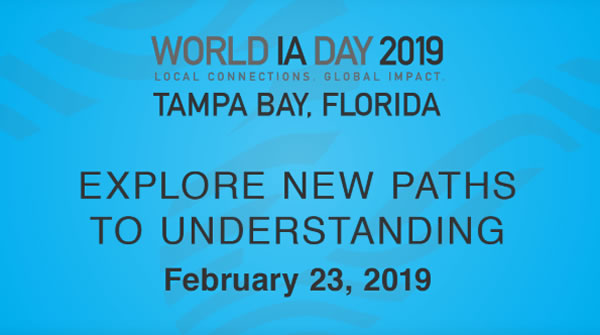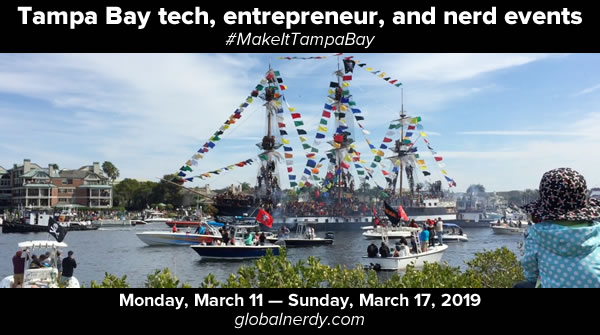
Every week, I compile a list of events for developers, technologists, tech entrepreneurs, and nerds in and around the Tampa Bay area. We’ve got a lot of events going on this week, and here they are!
This weekly list is posted as a voluntary service to the Tampa tech community. With the notable exception of Tampa iOS Meetup, which I run, most of this information comes from Meetup.com, EventBrite, and other local event announcement sites. I can’t guarantee the accuracy of the dates and times listed here; if you want to be absolutely sure that the event you’re interested in is actually taking place, please contact the organizers!
Monday, March 11
- Young Professionals of Tampa Bay Networking Group — SOHO Networking at 717 South @ 717 South, 11:30 AM to 1:00 PM
- Learn Cybersecurity Tampa — Hacking 101: Networking Pentesting @ SecureSet, 5:30 PM to 7:30 PM
- Suncoast Developers Guild — Video Resumes Presented by Steve Rosen @ Suncoast Developers Guild, 6:30 PM to 8:30 PM
- Code for Tampa Bay Brigade — March “Year of Engagement” Launch @ AMRoC Fab Lab, 6:30 PM to 8:30 PM
- Cool ‘n Confident Toastmasters @ SPC – St. Petersburg/Gibbs Campus, 6:30 PM to 8:00 PM
- SKILL: Learn Arduino Basics @ Tampa Hackerspace, 7:00 PM to 9:00 PM
- Tampa Bay Professionals (IT, Sales, HR & more) — FOR ALL PROS – Speaking More Effectively @ WebEx Live-Online Session, 7:00 PM to 7:30 PM
- South Tampa Toastmasters @ Unity of Tampa, 7:00 PM to 8:15 PM
Tuesday, March 12
- Westshore Toastmasters @ FIVE Labs, 12:00 PM to 1:00 PM
- Brewin Up Business March Event @ 9945 Trinity Blvd, 3:00 PM to 6:00 PM
- Brandon Boardgamers — Tuesday Night Gaming @ Cool Stuff Games, 5:00 PM to 8:00 PM
- Tampa Software QA and Testing Meetup — Cognitive QA – What is it and how to take advantage of it @ Sogeti Tampa, 5:30 PM to 7:30 PM
- Tech4Good Tampa — Social Media Roundtable & Small Group Breakouts @ Power Design, 5:30 PM to 7:30 PM
- Tampa Bay Agile — Achieving Success with any Agile Planning Tool (Jessica Wolfe) @ Keiser University Tampa, 6:00 PM to 8:00 PM
- Weekly Open Make Night @ Tampa Hackerspace, 6:00 PM to 10:00 PM
- Florida Podcasters Association General Meeting!!! @ IHop (4910 Spruce Street · Tampa), 6:30 PM to 8:30 PM
- Their Eyes Were Watching Books – Classic Book Meetup — March book club @ Paris Bistrot, 6:30 PM to 8:30 PM
- Bradenton JPI Photo Group — JPI Sony Mirrorless User Group @ Johnson PhotoImaging, 6:30 PM to 8:30 PM
- St. Petersburg Toastmasters Club #2284 @ Hope Lutheran Church, 6:30 PM to 8:15 PM
- Game Club Tampa Meetup — Tuesday Nite Roleplayers (RPGs) [Full] @ Grand Arena of Mind Expansion, 6:30 PM to 10:30 PM
- Anime, Nerds & Geeks — AMC $5 MOVIES – Captain Marvel @ 7:00 PM to 9:30 PM
- Code Katas — Let’s Do Some Fun Code Challenges! @ Suncoast Developers Guild, 7:00 PM to 10:00 PM
- St. Pete Beers ‘n Board Games Meetup for Young Adults @ Flying Boat Brewing Company, 7:00 PM to 10:00 PM
- Woodshop Safety (Members Only) @ Tampa Hackerspace, 7:15 PM to 9:15 PM
Wednesday, March 13
- Young Professionals of Tampa Bay Networking Group — Downtown St Pete Networking at the Hangar ~ Wednesday Mornings @ The Hangar Restaurant & Flight Lounge, 7:30 AM to 9:00 AM
- Florida Center for Creative Photography — FCCP Coffee & Photography Meetup at O’Keefe’s Family Restaurant in Clearwater @ O’Keefe’s Family Restaurant, 9:00 AM to 11:00 AM
- Open/FREE Coworking for Women Tech Entrepreneurs @ FirstWaVE Venture Center, 9:00 AM to 8:00 PM
- Tampa Bay Tech Career Advice Forum — How to Bounce Back After a Layoff @ Computer Coach Training Center, 11:00 AM to 2:00 PM
- Young Professionals of Tampa Bay Networking Group — Bernini of Ybor Lunch Networking @ Bernini (innovative italian cuisine), 11:30 AM to 1:00 PM
- St. Petersburg Photography Group — Tampa Bay Downs March 13, 2019 @ 11:45 AM to 1:45 PM
- Tampa and Orlando Google Cloud Computing Events — Webinar – Part 1 – Moving to the Cloud with Google Cloud Search @ 2:00 PM to 3:00 PM
- Central Florida CitySec — SwanCitySec Meetup @ Cob & Pen, 5:00 PM to 9:00 PM
- Tampa Bay Angular Meetup — Angular Meetup – Improving Angular App Performance @ South University – Tampa, 6:00 PM to 7:30 PM
- Nerd Night Out — Beer and Board Game Night St. Pete @ Avid Brew Co., 6:00 PM to 10:00 PM
- Geekocracy! — Free Florida Orchestra Happy Hour Concert at Armature Works @ Armature Works, 6:00 PM to 7:30 PM
- Greater Tampa Connections — Beer & Business @ World of Beers, 6:00 PM to 7:30 PM
- Heart of Agile-Pop-up Event feat. Alistair Cockburn (Cross posted with TB Agile) @ Pair O’ Dice Brewing, 6:00 PM to 8:00 PM
- Tampa Bay ServiceNow Developer Meetup — Save the Date – ServiceNow Developers Meeting – Tampa Intl Airport @ 5507 W Spruce St, 6:30 PM to 8:30 PM
- Learn to Code | Thinkful Tampa — Intro to Data Science: The Art of Visualizations @ Tampa Bay Wave, 6:30 PM to 8:00 PM
- Open Code @ Suncoast Developers Guild, Marble Side Building, 7:00 PM to 9:00 PM
- I Love Marketing! – Let’s talk about using marketing to grow your business @ Winter Haven Gardens Inn, 7:00 PM to 9:00 PM
- Women In Linux — What the heck is KubeSpray and Ansible (new discovery) @ 7:00 PM to 9:00 PM
- Introduction to Fusion 360 @ Tampa Hackerspace, 7:00 PM to 10:00 PM
- Cryptocurrency Tampa Meetup — Bitcoin/Cryptocurrency Meetup: Networking, News, Q&A @ Tampa Bay Wave, 7:00 PM to 9:00 PM
- Nerdbrew Events — Games & Grog @ Peabody’s Billiards and Games, 7:00 PM to 11:00 PM
- Carrollwood Toastmasters @ Jimmie B. Keel Regional Library, 7:00 PM to 8:30 PM
- The Suncoast Linux Users Group — SLUG – Tampa @ New HDR Location, 7:00 PM to 9:00 PM
- Geekocracy! — ‘Geeks Who Drink’ Trivia @ C. 1949, 7:30 PM to 9:30 PM
Thursday, March 14
- Point Funding Tampa — How to Win Federal Grants @ Tampa Bay Wave, 9:00 AM to 12:00 PM
- Tampa Bay RPA — Build Your First Bot @ Entrepreneur Collaborative Center, 5:30 PM to 7:30 PM
- Tampa Bay Azure User Group — Azure Use Case: Ashley Furniture Industries @ Kforce, 6:00 PM to 8:00 PM
- Elevated for Success Women’s Networking Group — Real Networking @ Tarpon Turtle Grill & Marina, 6:00 PM to 8:00 PM
- Women Who Code Tampa — Coding for Security @ SecureSet Tampa, 6:00 PM to 8:00 PM
- Lean Beer for All Things Agile (Lakeland) @ Swan Brewing, 6:00 PM to 8:30 PM
- Lean Beer for All Things Agile (St Petersburg) @ Pour Tap Room, 6:00 PM to 7:30 PM
- Front-End Design Meetup — Designing Components in Figma with Brian Hinton @ Suncoast Developers Guild, 6:30 PM to 8:00 PM
- Beers and Board Games at Cueni Brewing in Dunedin (Every Thursday) @ Cueni Brewing Co., 6:30 PM to 10:00 PM
- SKILL: Intro To Soldering @ Tampa Hackerspace, 7:00 PM to 9:00 PM
- St Pete Business Builder Meetup @ Avid Brew Co., 7:00 PM to 8:00 PM
Friday, March 15
- Lean Coffee for All Things Agile (Downtown Tampa & Seminole Heights) @ FOUNDATION coffee co., 7:30 AM to 8:30 AM
- West Coast Photo Group — B&W Architecture On-line Meet up @ 8:00 AM to 10:00 AM
- Florida Center for Creative Photography — FCCP Friday Morning Photowalk at the Florida Botanical Gardens @ Florida Botanical Gardens, 9:00 AM to 11:00 AM
- Grow Financial Agile Tour @ Grow Financial, 11:00 AM to 12:00 PM
- Speaking and Presentation Skills Success — OPEN SESSION – Ask the Expert and Shorten Your Learning Curve- What’s YOUR Need? @ Sheryl’s place, 11:30 AM to 1:00 PM
- Tampa Professional Networking Meetup — Let’s Do Lunch – Carrollwood @ Grillsmith (14303 North Dale Mabry Highway · Tampa), 12:00 PM to 1:00 PM
- FUN networking meeting @ The Cider Press Cafe, 12:00 PM to 1:00 PM
- Gulf Coast GIS User Group Meeting @ Manatee Community Foundation, 1:30 PM to 3:00 PM
- Geekocracy! — FREE LASER TAG at LaserOps! @ LaserOps, 8:00 PM to 11:00 PM
- Tampa Bay Young Professionals Group — Bowling Fun after work, with Pitchers and Pizza – about $7 per person @ 8:10 PM to 10:30 PM
- Florida Center for Creative Photography — Monthly Cell Phone Photo Showcase @ Online, midnight
Saturday, March 16
- Bradenton JPI Photo Group — SeaScapes with Marc Cohen @ Florida Maritime Museum, 7:00 AM to 9:00 AM
- St. Petersburg Photography Group — SUNRISE IN ST. PETERSBURG @ 7:00 AM to 9:00 AM
- Tampa Bay Young Professionals Group — Let’s Volunteer!!! Mayors River O Green @ 10:00 AM to 5:00 PM
- Tampa’s “River o’ Green” at Curtis Hixon and the Four Green Fields pub! @ Curtis Hixon Waterfront Park, 11:00 AM to 5:00 PM
- WordSmitten Writing Workshop :: Saturday 2 PM – Advanced Class @ 1:00 PM to 5:00 PM
- Microcontroller Monthly Meetup (M3) @ Tampa Hackerspace, 1:00 PM to 4:00 PM
- Tampa Unity User Group — Game Project Therapy @ Perkins Restaurant & Bakery (2626 Gulf to Bay Boulevard · Clearwater), 3:00 PM to 6:00 PM
- Tampa Bay Young Professionals Group — St. Patty’s Night Parade in Ybor @ 5:30 PM to 11:00 PM
- Saint Petersburg Board Games Meetup — Board Game Night @ 6:00 PM to 10:00 PM
- Get Lit: A Drunken Book Club — Dear Leader: My Escape from North Korea @ 6:00 PM to 11:00 PM
- Tampa Minds Eye Society LARP — Masquerade – Camarilla @ 7:00 PM to 11:59 PM
- Tampa Hackerspace Monthly Board Game Night @ Tampa Hackerspace, 7:00 PM to 11:00 PM
- Geekocracy! — Come see Captive State at AMC Veterans 24. @ AMC Veterans 24, 7:40 PM to 10:40 PM
- Nerd Night Out — KARAOKE NIGHT! @ Fat Cat Tavern, 8:30 PM to 11:30 PM
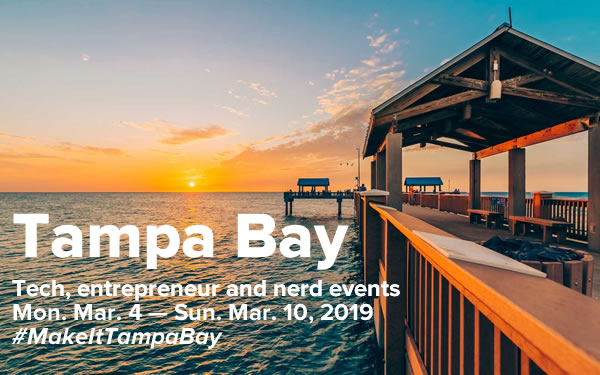

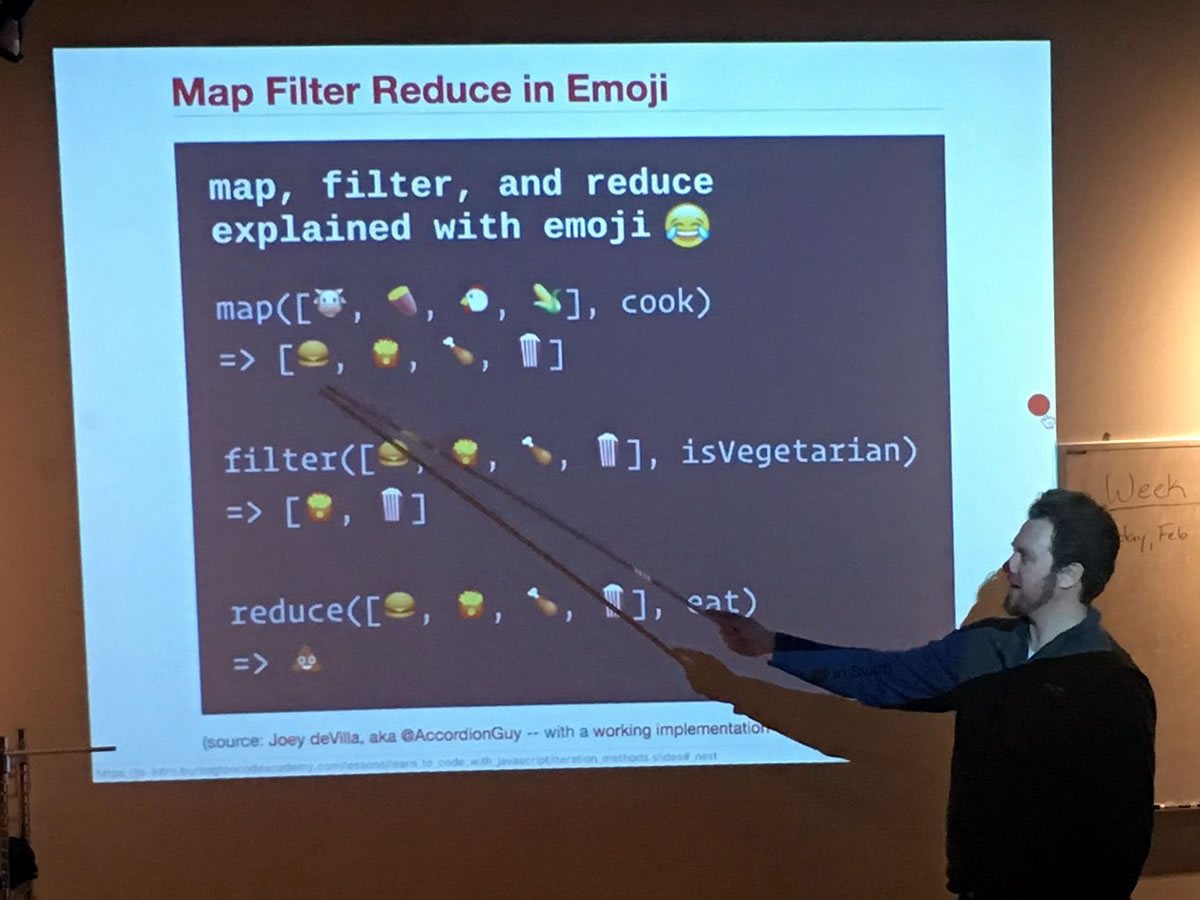
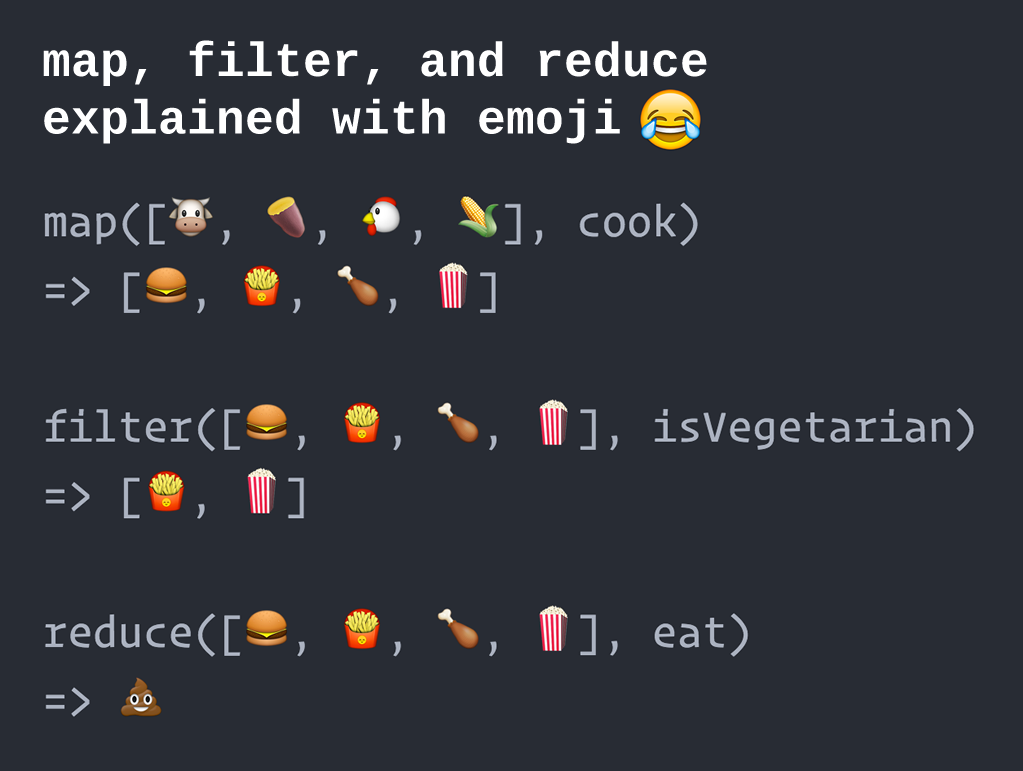
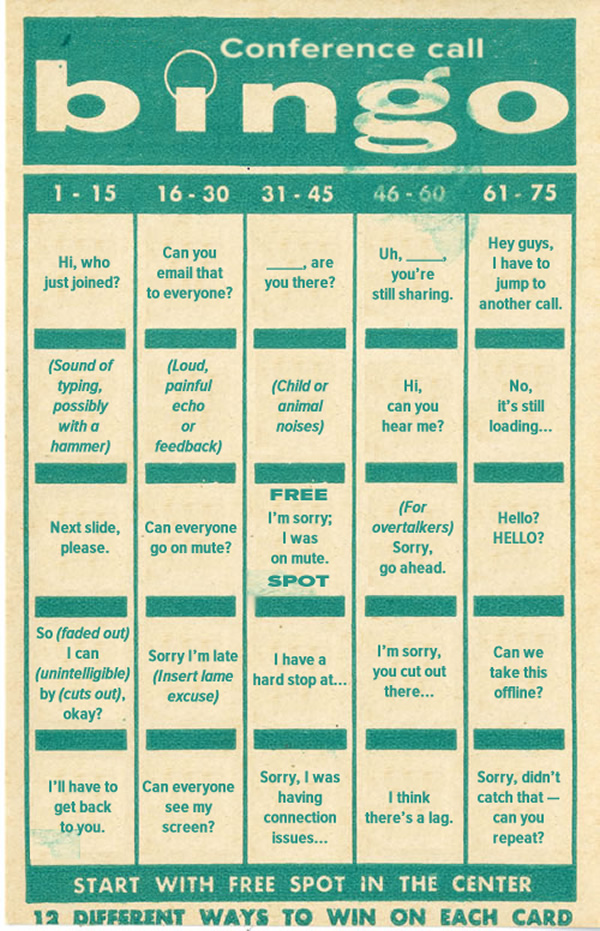

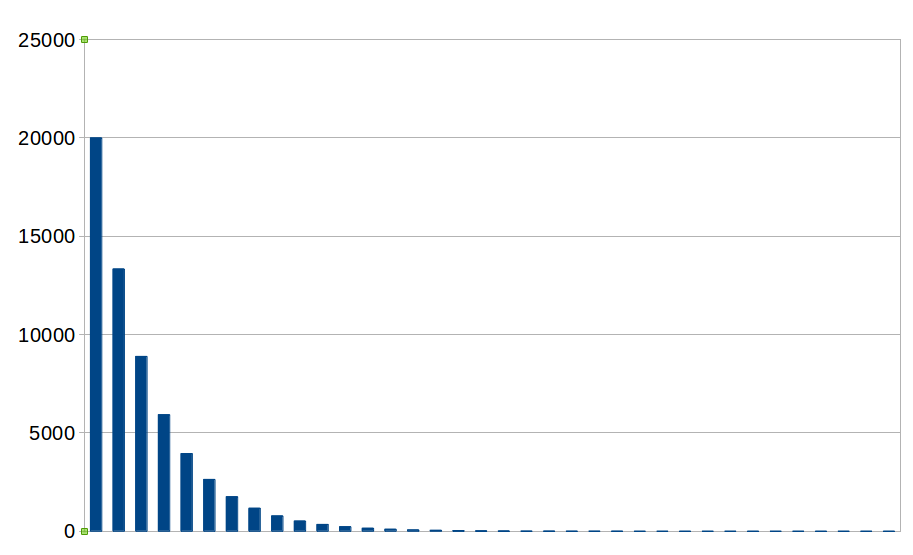 …which makes all but a very fortunate few below average.
…which makes all but a very fortunate few below average.